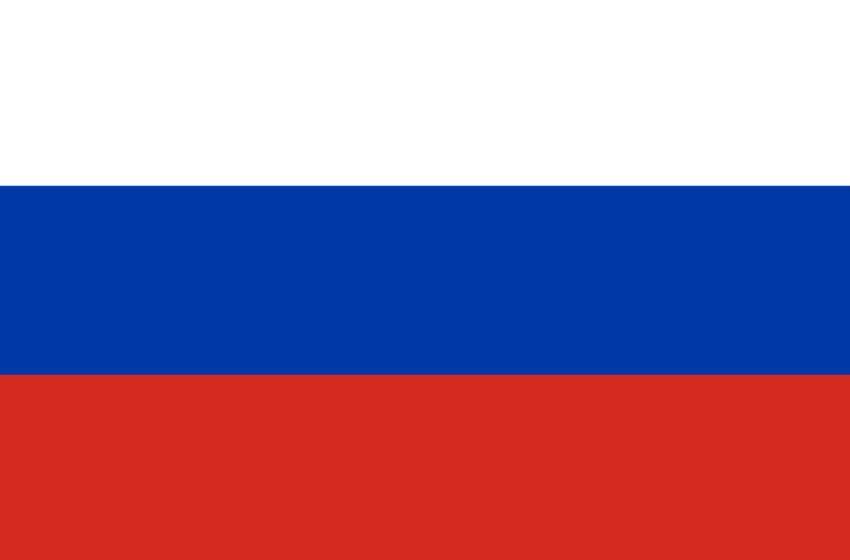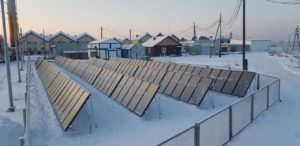Russia: High-quality façade systems in Siberia
July 24, 2012
2011 was a very successful year for Russian solar thermal manufacturer CEFT. The company, which is located in the autonomous Siberian Republic of Buryatia, has set up one of its largest installations so far for a local grammar school with 720 students. The school complex was built in honour of the 350th anniversary of the republic’s voluntary entry into the Russian Federation and was financed from Buryatia’s own state budget.
The solar hot water system cost the republic EUR 122,207 (Russian Ruble 4,950,552). It includes two collector fields: one with 56 m2 integrated into the façade of block 1 and another 168 m2 mounted on the roof of block 4 in four rows. This puts the specific costs of the system at 545 EUR/m2. Together, the solar fields have a buffer tank volume of 11,000 litres.
CEFT had produced the collectors for the school installation in-house which are sold through the sister company Kassol. Laser welding was used to join the aluminium absorber sheet and the copper piping. According to the founders of CEFT and Kassol, Igor Kasatkin and his father Gennedy Kasatkin, this collector type sells with great difficulty in Russia: “A small market segment combined with very low demand makes it impossible to establish the full-fledged production of solar collectors at this stage.”
Still, the companies have successfully sold and installed around 90 systems, or 5,000 m2, over recent years. These installations under the trade mark Kassol mostly combine water and space heating. When asked why the Kassol team has chosen to specialise in façade-integrated systems, Igor Kasatkin replied: “The collector field replaces part of the building’s exterior, which saves wall insulation and results in even shorter payback times. At the same time, the technology also minimises the risk of overheating the solar collector in summer – an important quality in Siberia’s hot continental weather around the middle of the year.”
 The red part marks the Siberian Republic of Buryatia, an autonomous Russian state sharing borders with Mongolia in the south.
The red part marks the Siberian Republic of Buryatia, an autonomous Russian state sharing borders with Mongolia in the south.
Source: Wikipedia
CEFT was founded in 1999. Since the very beginning, the company has been focussing on solar thermal technology suitable for the very special environmental conditions present in the region of Siberia. The heavily continental weather results in temperatures ranging between -50 °C in winter and +40°C in the summer. There are about 140 to 160 days without frost. The Republic of Buryatia (see the map above), in which most of CEFT’s solar thermal installations are located, is only a bit smaller than Germany, but has a population of less than 1 million (Germany: 80 million). More than 75 % of the state is covered by mountains, an area which belongs to the most active seismic zones on the planet. These are very demanding conditions for a solar collector. But, the state is also a very dry and sunny part of Russia, with around 2,200 hours of sunshine per year, only about 244 mm of annual precipitation and very little snow in winter.
More information:
http://www.kassol.ru
http://www.buryatia.ru/buryatia/nature/index_e.html
This text was written by Vladislava Adamenkova, a Czech student of international business studies in Vienna, Austria.


